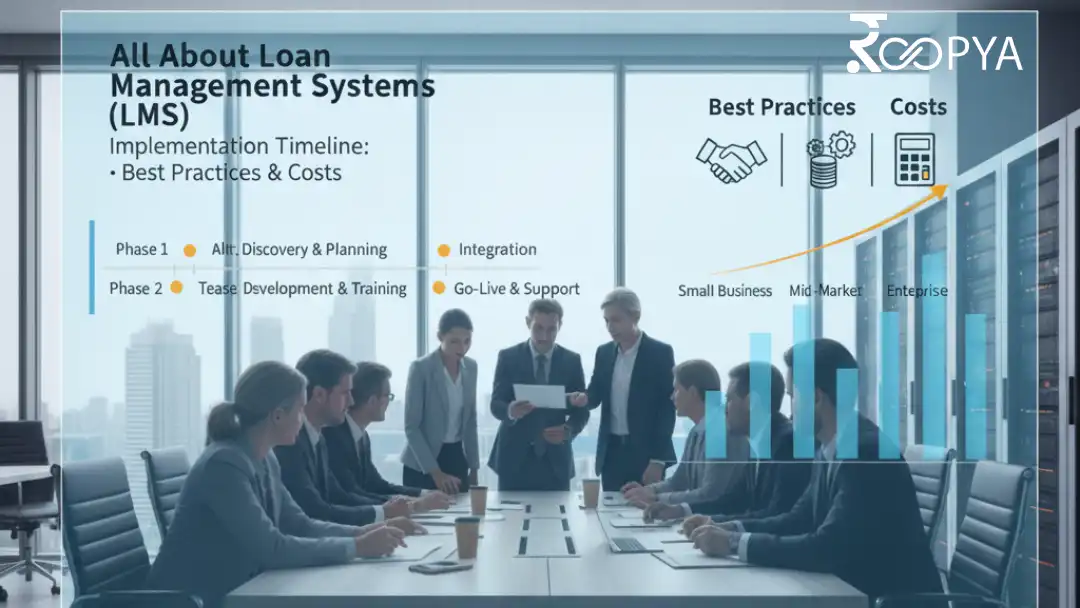All About Loan Management Systems (LMS): Implementation Timeline, Best Practices & Costs

Introduction
In today’s rapidly evolving financial services landscape, a robust Loan Management System (LMS) is no longer a luxury—it’s a necessity. As India’s lending market continues to expand, with digital lending alone projected to reach ₹20 lakh crore by 2025-26, financial institutions are under immense pressure to modernize their operations, reduce costs, and deliver exceptional customer experiences.
This comprehensive guide explores everything you need to know about Loan Management Systems, from core functionalities to implementation strategies, costs, and how Roopya is revolutionizing the lending infrastructure space.
Start Free Trial
What is a Loan Management System (LMS)?
A Loan Management System is a comprehensive software platform designed to automate and streamline the entire loan lifecycle—from application and origination through servicing, collections, and closure. Modern LMS platforms go beyond basic record-keeping to offer advanced capabilities including:
- Automated loan origination and underwriting
- Real-time credit decisioning
- Portfolio management and monitoring
- Payment processing and reconciliation
- Collections and recovery automation
- Regulatory compliance and reporting
- Customer relationship management
- Analytics and business intelligence
